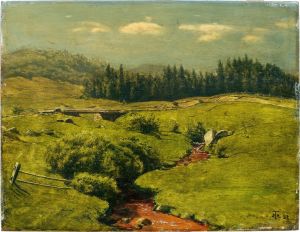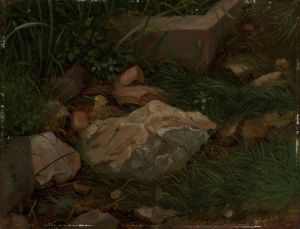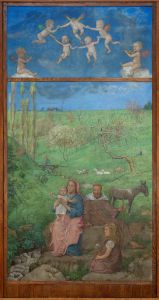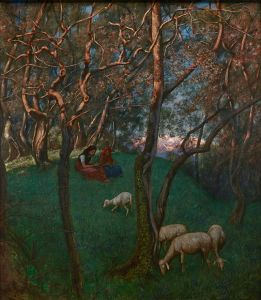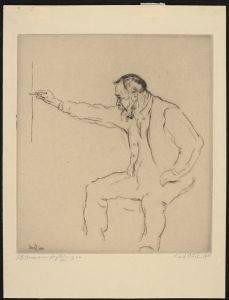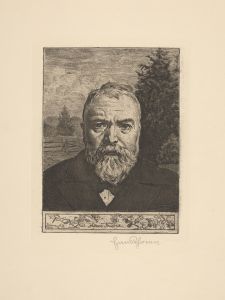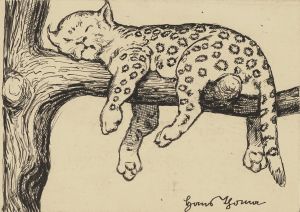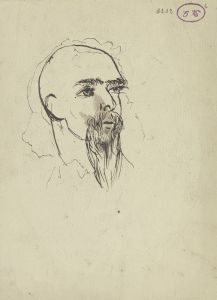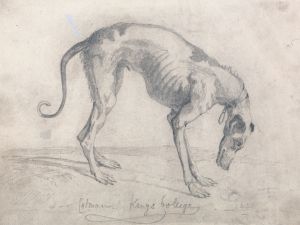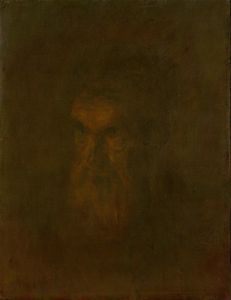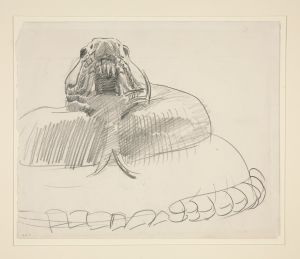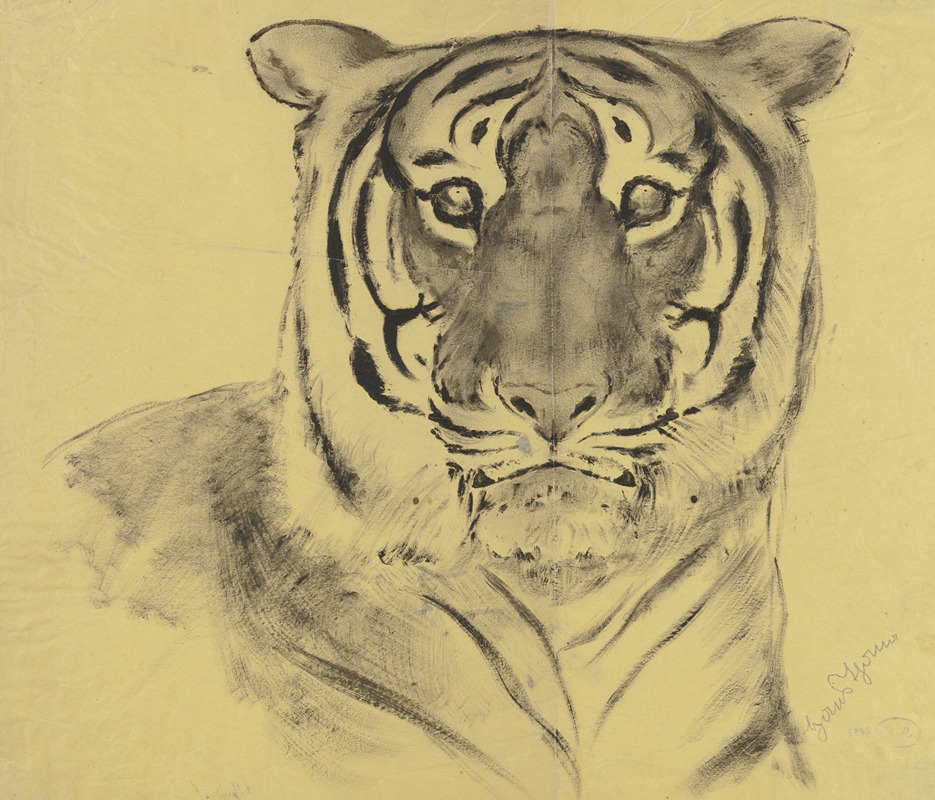
Tiger
A hand-painted replica of Hans Thoma’s masterpiece Tiger, meticulously crafted by professional artists to capture the true essence of the original. Each piece is created with museum-quality canvas and rare mineral pigments, carefully painted by experienced artists with delicate brushstrokes and rich, layered colors to perfectly recreate the texture of the original artwork. Unlike machine-printed reproductions, this hand-painted version brings the painting to life, infused with the artist’s emotions and skill in every stroke. Whether for personal collection or home decoration, it instantly elevates the artistic atmosphere of any space.
Hans Thoma was a German painter born on October 2, 1839, in Bernau in the Black Forest, and he became one of the prominent figures in German art during the late 19th and early 20th centuries. Thoma's work is known for its detailed and realistic depiction of landscapes, portraits, and mythological themes. Among his diverse oeuvre, the painting "Tiger" stands out as a notable piece, though specific details about this particular painting are limited.
Thoma's artistic journey began with his studies at the Karlsruhe Academy of Fine Arts, where he was influenced by the works of the German Romantic painters. His style evolved over time, incorporating elements of realism and symbolism, which became evident in his later works. Thoma's paintings often reflect a deep appreciation for nature and a keen observation of the natural world, which is a characteristic feature of his art.
The painting "Tiger" by Hans Thoma is an example of his ability to capture the essence of his subjects with precision and sensitivity. Although detailed information about the painting's creation, such as its exact date or the circumstances under which it was painted, is not widely documented, it is consistent with Thoma's interest in natural subjects and his skill in rendering them with lifelike accuracy.
Thoma's work, including "Tiger," is often associated with the broader movement of German naturalism and symbolism. His paintings frequently convey a sense of tranquility and harmony, reflecting his personal connection to the landscapes and creatures he depicted. This connection is evident in the way he portrays animals, such as the tiger, with a sense of majesty and presence.
Throughout his career, Hans Thoma received recognition for his contributions to art. He held several prestigious positions, including a professorship at the Karlsruhe Academy and later as the director of the Kunsthalle Karlsruhe. His influence extended beyond his paintings, as he played a significant role in the German art scene of his time, advocating for the appreciation and understanding of art among the public.
Thoma's legacy is preserved in various collections and museums, particularly in Germany, where his works continue to be celebrated for their technical skill and emotive power. The painting "Tiger," like many of his other works, exemplifies his mastery in capturing the beauty and complexity of the natural world.
In summary, while specific details about the painting "Tiger" by Hans Thoma are scarce, it represents an important aspect of his artistic exploration and his ability to depict the natural world with both realism and reverence. Thoma's work remains an integral part of the history of German art, admired for its beauty and depth.





